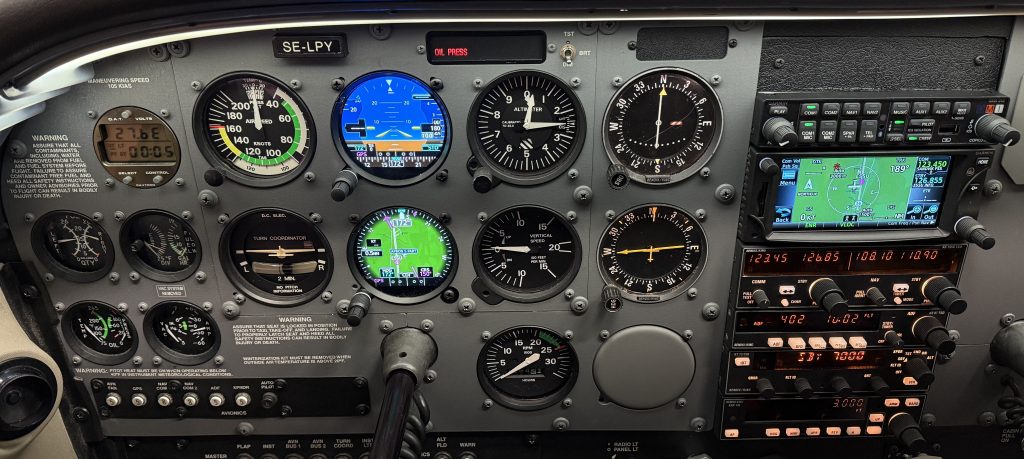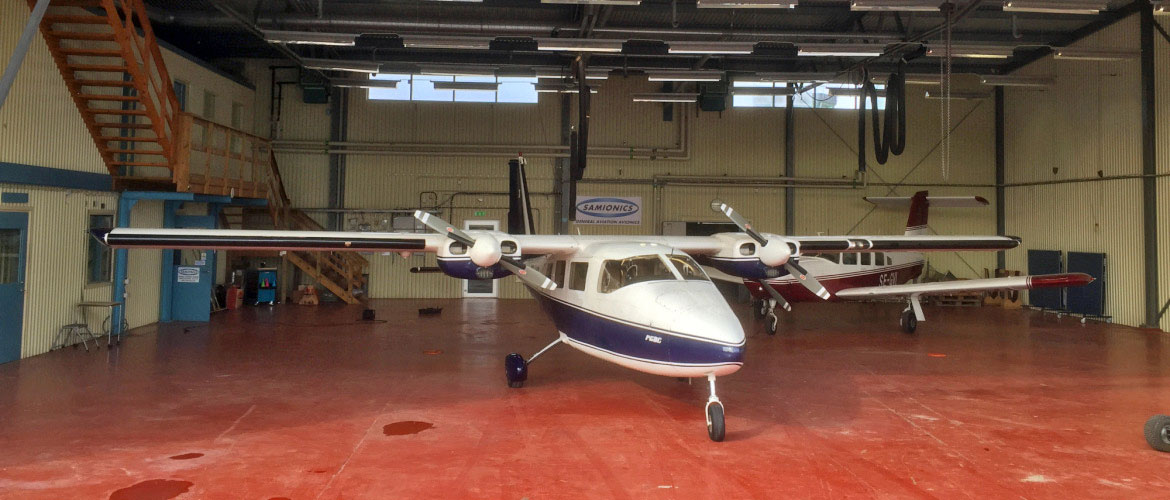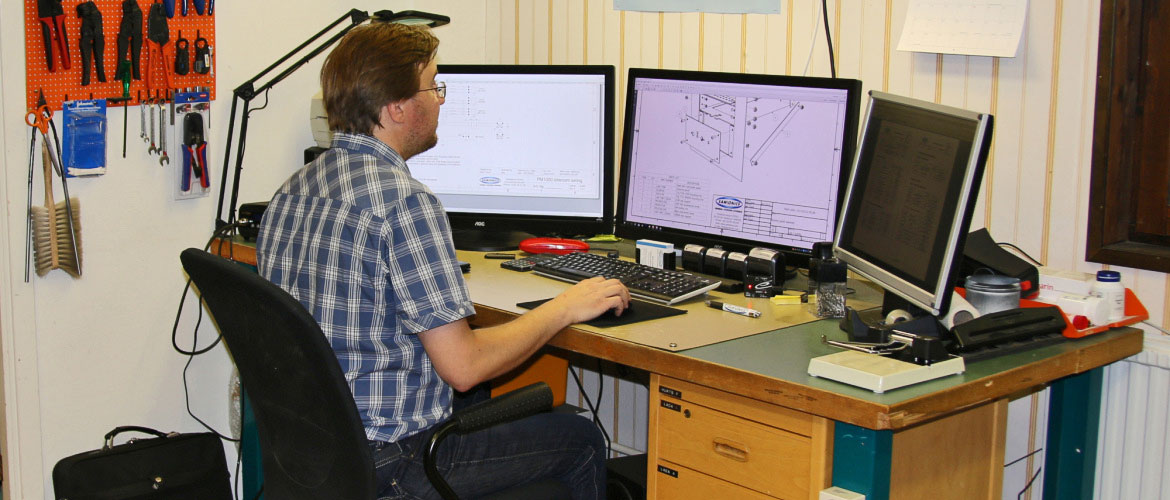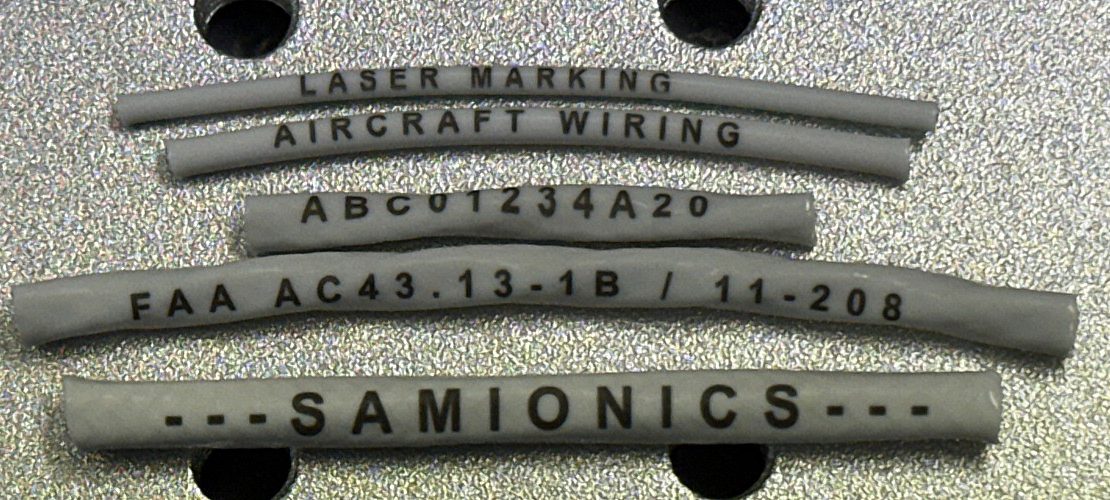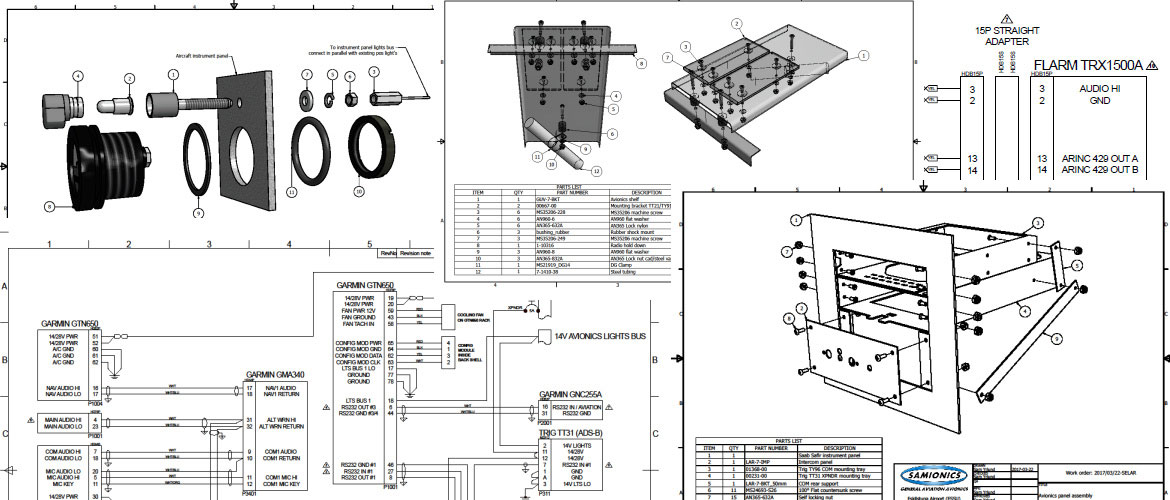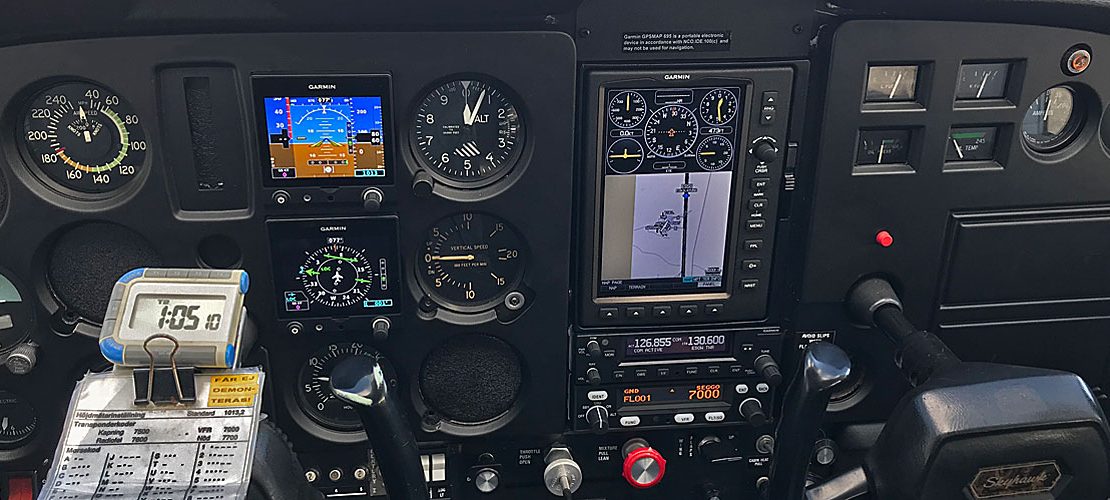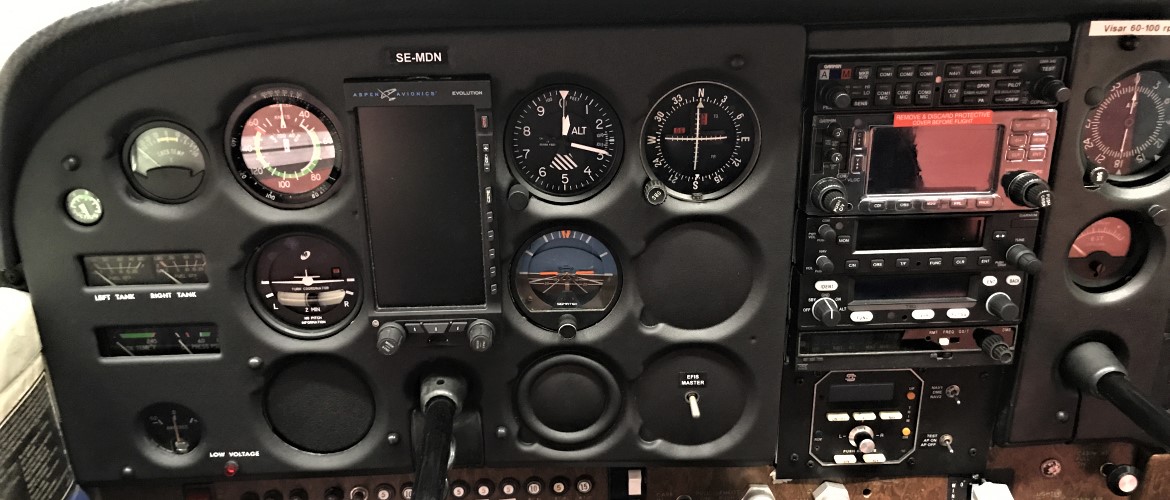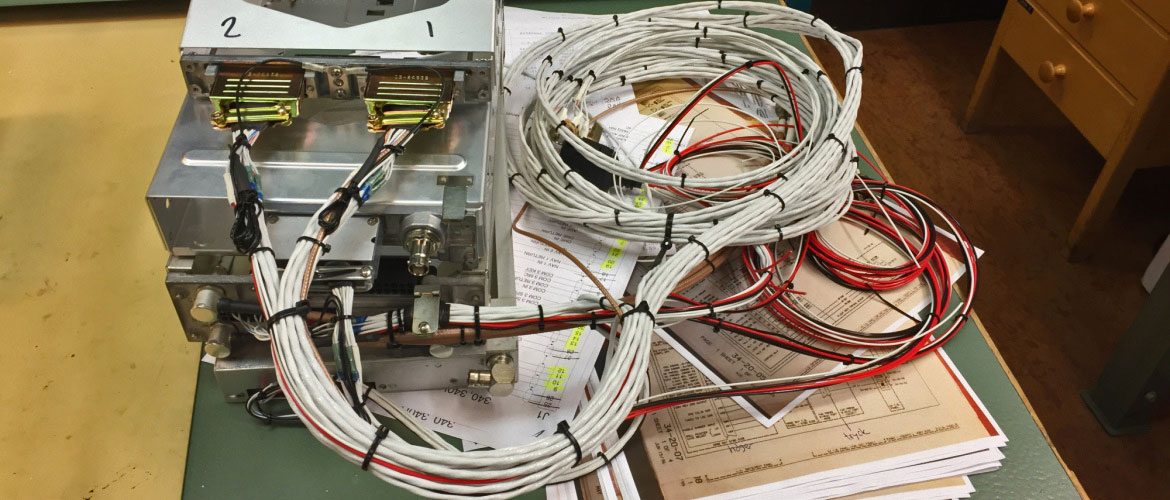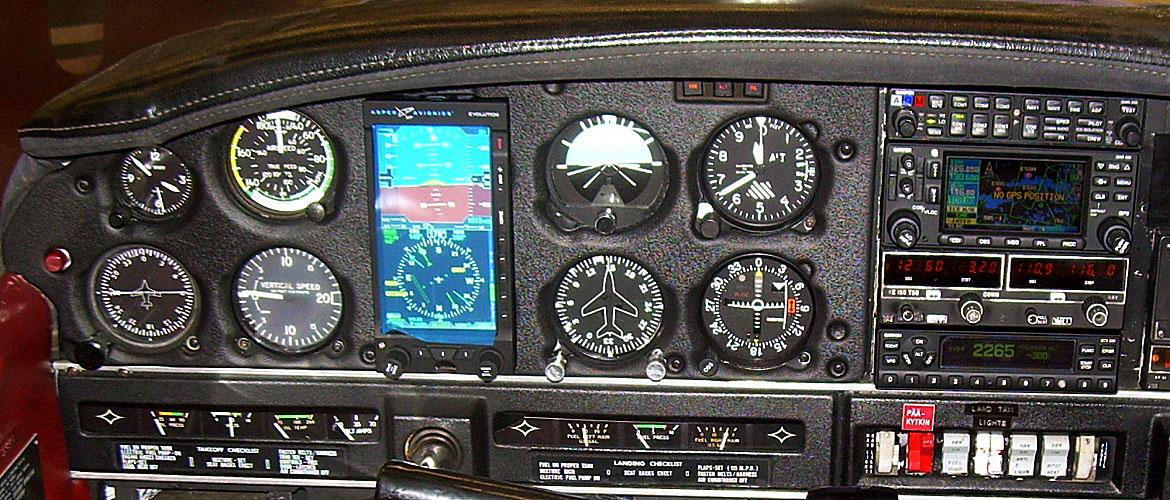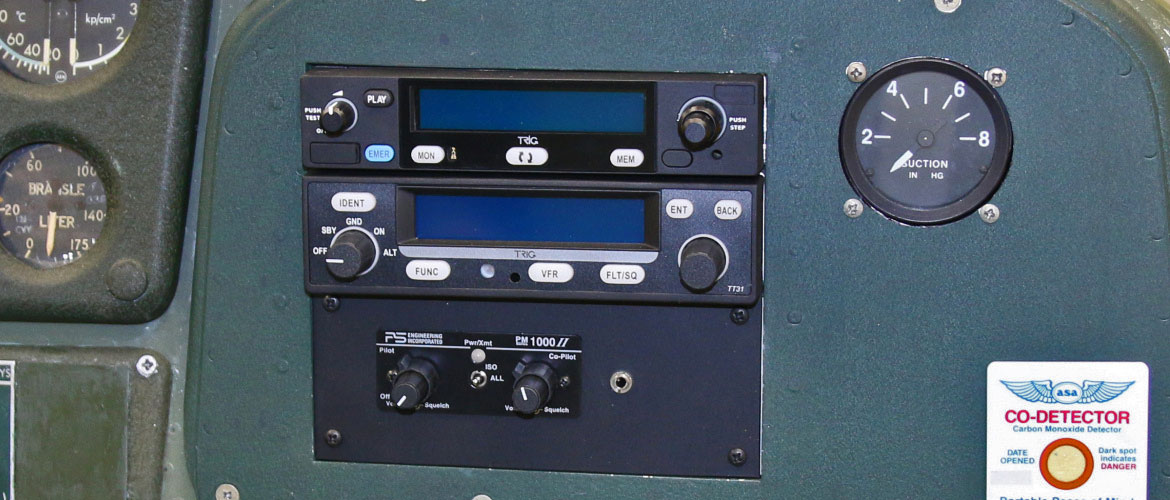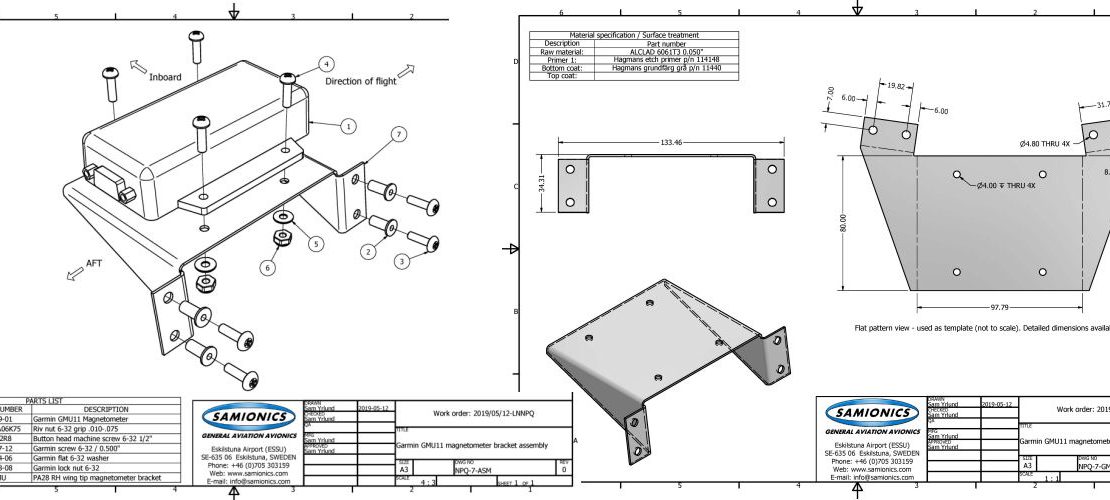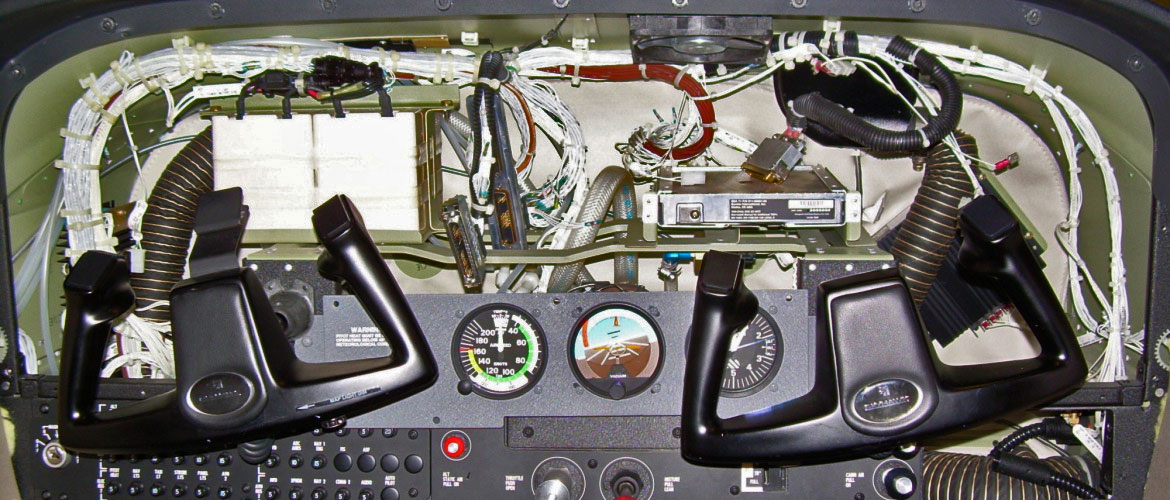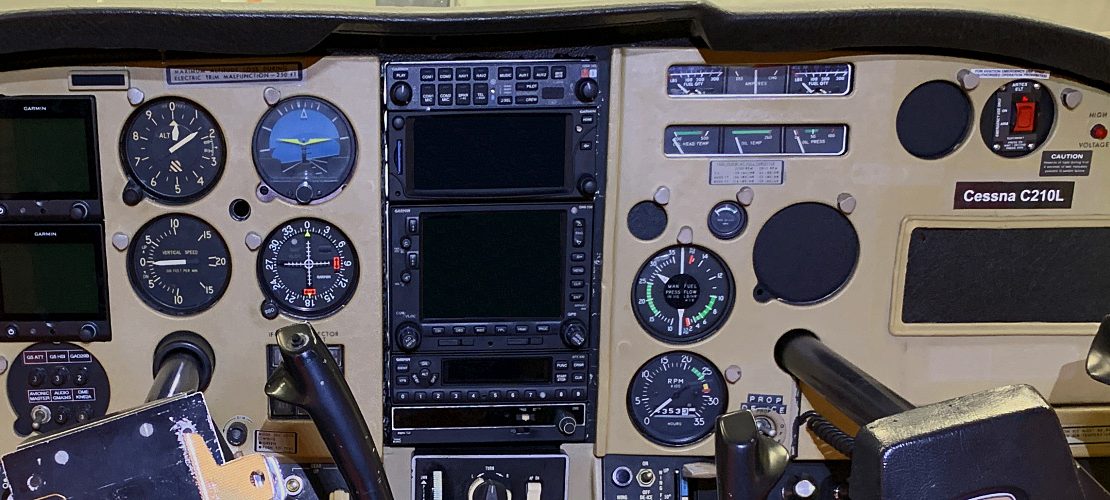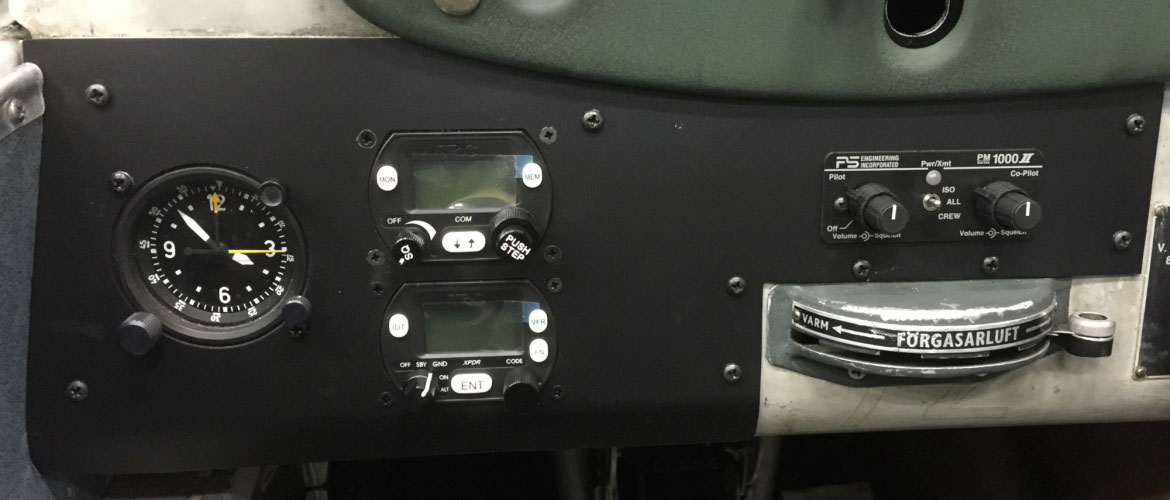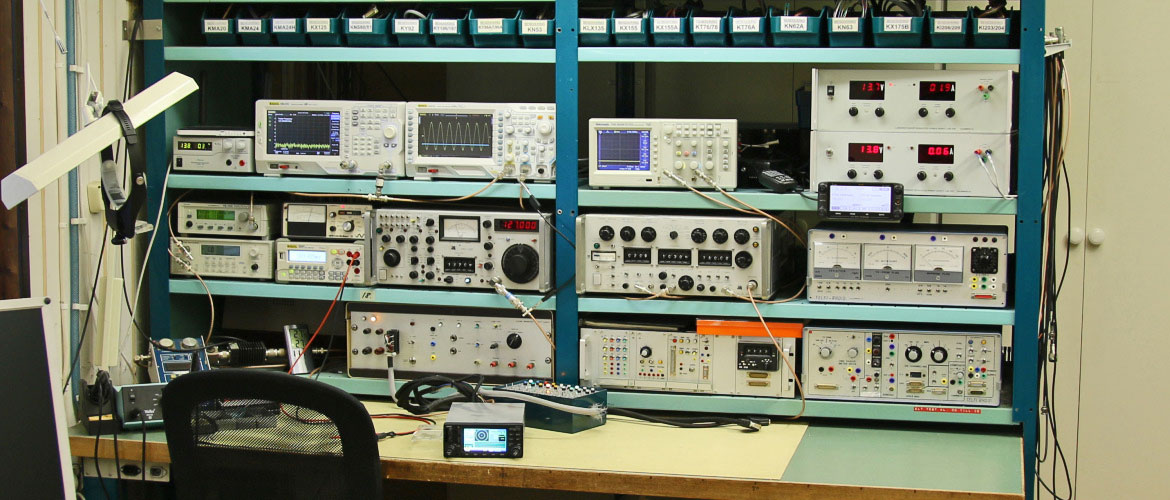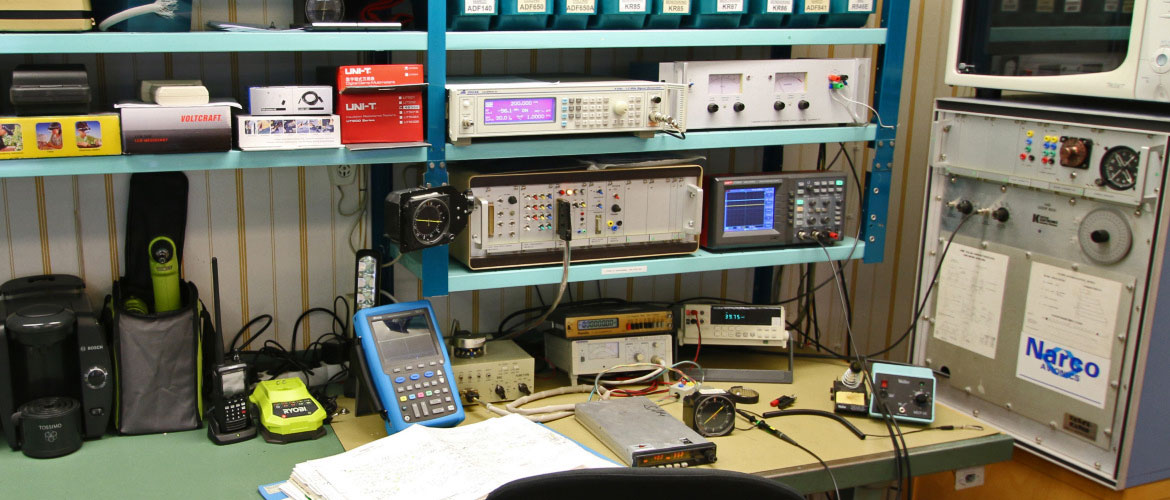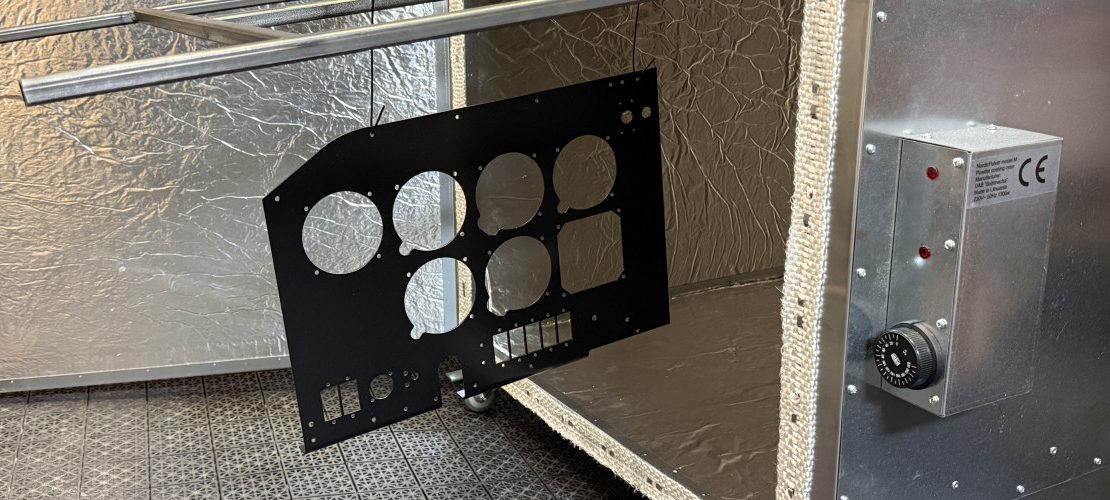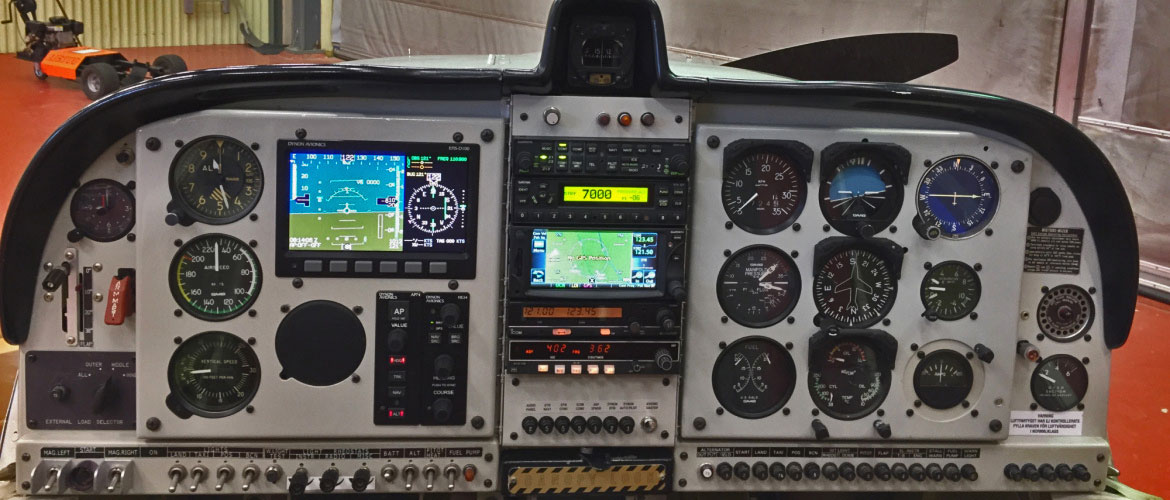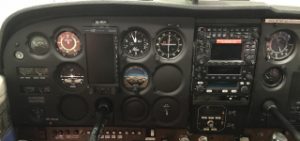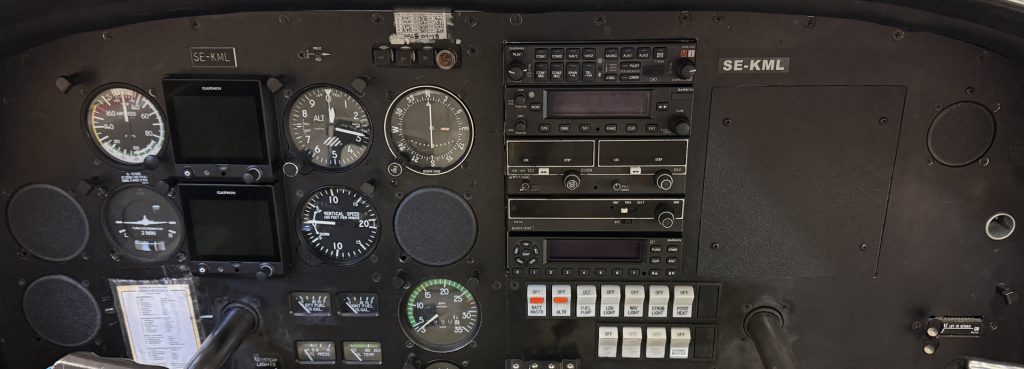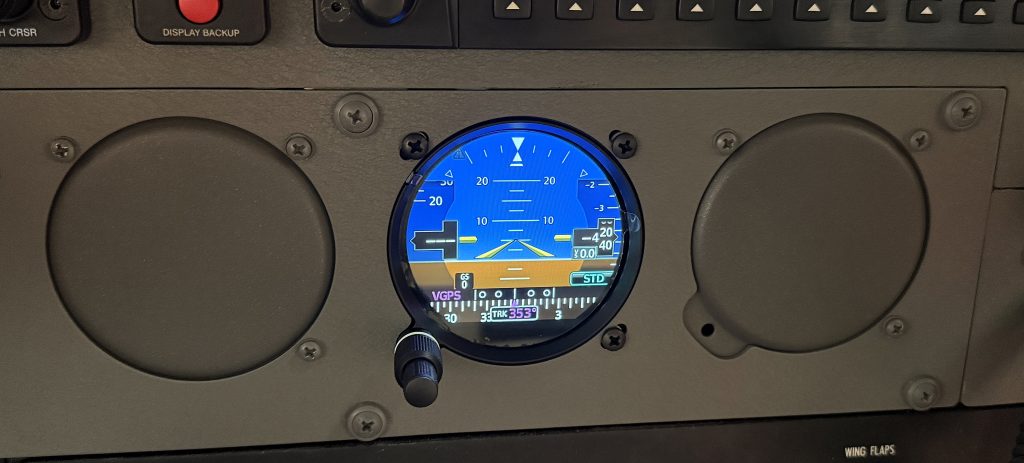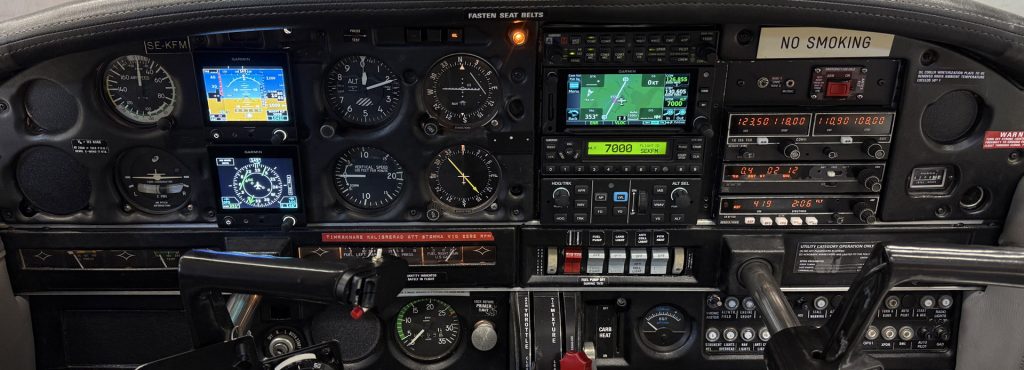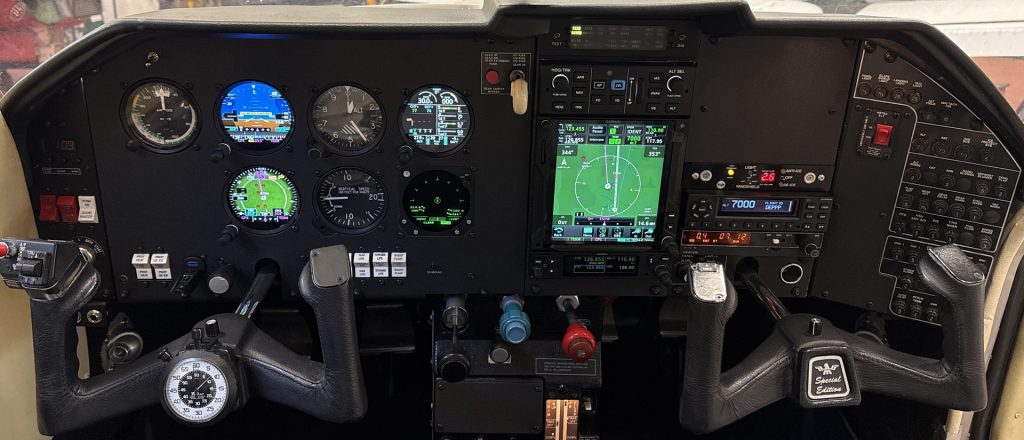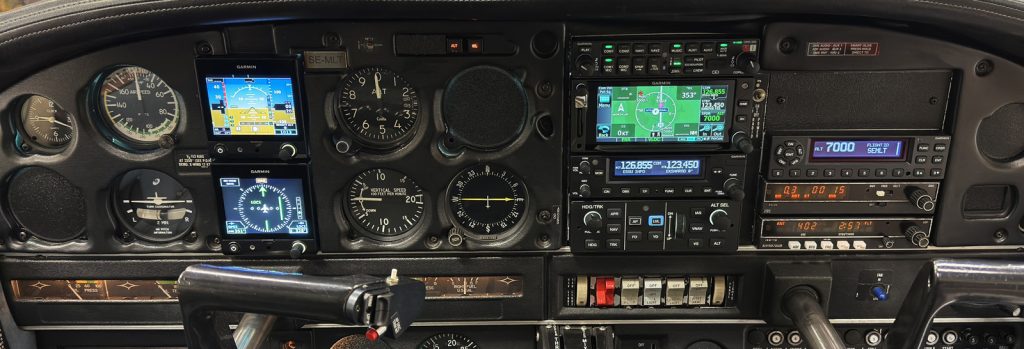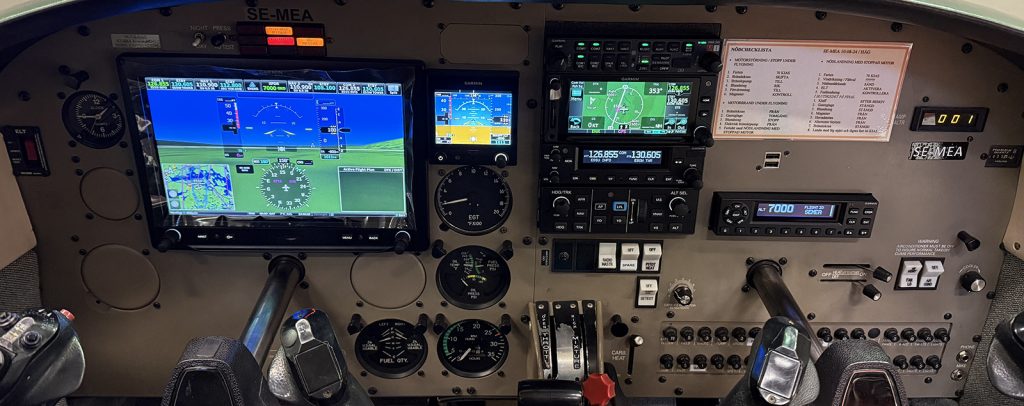EU 2024/590 states that “On aircraft – for the protection of cabins and crew compartments, portable extinguishers containing Halon 1211/2402” the end date is 31 December 2025.
We also need to clarify that this is nothing new, it’s just a new date that replaces the original regulation EC No 1005/2009.
An existing fire extinguisher installation (or King KX170 COM/NAV 360 channels with 50kHz separation), the installation will not lose its approval. The COM/NAV may remain installed forever. However, you are not able to use the COM radio since the new requirements of 8.33kHz channel spacing and the NAV receiver is not IFR compliant due to ICAO Annex 10 requirements. Same thing applies to the fire extinguisher, it can remain installed (until expired), but you are not allowed to use it and it must be serviced in accordance with approved maintenance data including hydrostatic pressure check (ea 12 years) of the cylinder. Nobody does this, and the normal procedure is that when expired, the extinguisher is replaced for a new.
Part-NCO.IDE.A.160 (a) states the following – “Aeroplanes, except ELA1 (1200kg) aeroplanes, shall be equipped with at least one hand fire extinguisher. So a Piper PA28-161 below 1200kg does NOT require a fire extinguisher and it can be removed. However a Piper PA28 Arrow weighs more than 1200kg and hence these aircraft will need to have a new fire extinguisher installed.
Part-NCO – “The type and quantity of extinguishing agent for the required fire extinguishers shall be suitable for the type of fire likely to occur in the compartment where the extinguisher is intended to be used” however CS-23.851 refers to FAA Advisory Circular AC 20-42D that states that for small airplanes or rotorcraft the minimum rating (size/capacity) is US UL 2 B:C, compartment volumes of up to 200 square feet (5.6 cubic meters).
EASA certification memorandum CM-CS-013 Issue 01, confirms the above and adds the following – “In case of replacement of a Halon 1211 handheld extinguisher with a 2-BTP handheld extinguisher having the same UL rating, of similar dimensions, shape and mass (within a 10 % variation) and located in the same position, and the same accessibility (release and removal), no additional substantiation is necessary to demonstrate compliance”.
The most suitable replacement could be Amerex A337TS Halotron BrX also recommended by Cessna, however these don’t come for free, be prepared to pay more than 1600 USD + tax, dangerous goods shipping and installation (installation may be done in accordance with EASA CS-STAN as long as the extinguisher is approved according to ETSO-2C515 or equivalent). Due to high demand, expect long delivery times.
What happens if you have an aircraft that weighs above 1200kg but does not have the correct fire extinguisher installed? From maintenance and continued airworthiness point of view – absolutely nothing. You as the pilot in command need to ensure that the aircraft has the required equipment according to Part-NCO and if not, well then you effectively have grounded yourself. The aircraft is airworthy but you can not fly with it.
